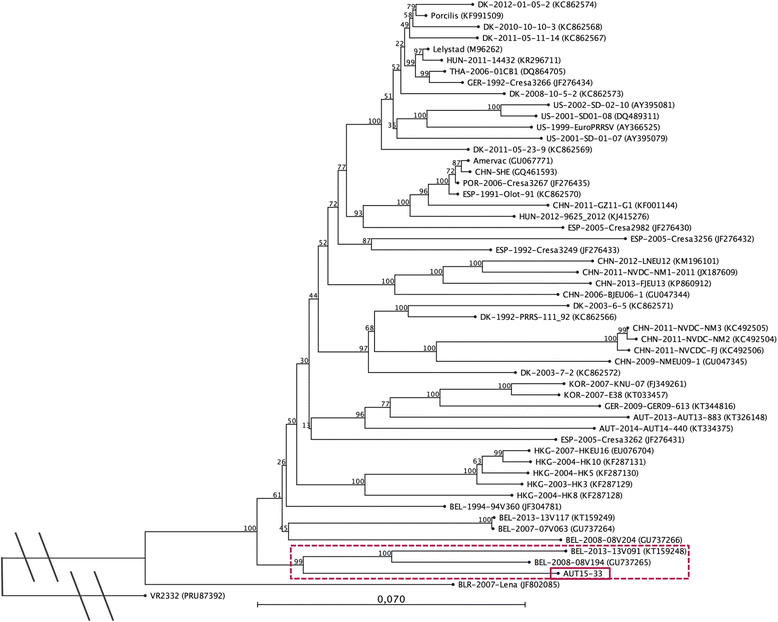

(A) (i) Expression analysis of EhP3 in sense and antisense cell lines. Analysis were done from 10 cells for each of the respective markers, by using Olympus Fluoview FV1000 software. (D) Graph showing the Pearson’s correlation coefficient (r) values of EhP3 with each phagocytic marker protein (EhCaBP1, EhCaBP3, EhAK1, Ehactin) from phagocytic cups. (Scale bar, 10 μm DIC, differential interference contrast). (C) Co-localization of EhP3 with EhCaBP3 in phagocytic cups, just closed cups before scission and phagosomes. ( C and D) Co-localization of EhP3 with respect to phagocytic markers. Localization of EhP3 are shown at phagocytic cups and phagosomes. histolytica trophozoites phagocytosing CHO cells stained with cell tracker blue CMAC dye, were fixed and stained for GFP antibody. (B) Localization of EhP3 during phagocytosis of CHO cells. Localization of EhP3 during different stages of phagocytosis are indicated as arrowheads (nucleation and progression of phagocytic cups), asterisks (closure of cup before scission) and stars (phagosomes). histolytica trophozoites actively phagocytosing RBCs were fixed and stained with EhP3 antibody and TRITC phalloidin (for visualisation of F-actin). (A) Localization of EhP3 during different stages of phagocytosis of RBCs. Immunolocalization of EhP3 in fixed trophozoites during phagocytosis of RBCs and CHO cells. (B) The graph represents intensity profile of GFP-EhP3 at selected ROI in phagocytic cup vs. GFP-EhP3 accumulated rapidly at the site of attachment of RBC and remained till the formation of phagosome. Represented images are from two different phagocytic events showing de novo formation of a phagocytic cup, closure of cup and formation of phagosome, marked by white arrow heads. (A) The montage shows time-lapse images of an amoeba cell expressing GFP-EhP3 undergoing phagocytosis of RBCs. Time-lapse imaging of GFP-EhP3 during phagocytosis of red blood cells (RBCs). Anti-EhCaBP1 antibody was taken as equal loading control. Anti-GFP antibody detected GFP fused 53 kDa protein (EhP3 + GFP) band in GFP-EhP3 expressing cells as compared to 26 kDa band of GFP alone in control cells. histolytica cells expressing GFP-EhP3 and GFP alone, grown in presence of 30 μg/ml G418 was loaded in each lane and probed with anti-GFP antibody. (C) Western blot analysis of GFP-EhP3 in the parasite lysate. Fluorescent intensity gradually increased at pseudopods in comparison with cytoplasm of the cells. (B) The graph represents time course of intensity of GFP-EhP3 at selected ROI in pseudopods vs. A number of pseudopods showing increased fluorescent intensity of GFP-EhP3 marked by white arrow head can be visualized in different directions.
Clc sequence viewer 7 phylogram scale series#
(A) The montage depicts a time series of selected frames of fluorescent images of motile trophozoites expressing GFP-EhP3. Live imaging montage showing dynamics of GFP-EhP3 in motile trophozoites. Bootstrap values (as percentages) are shown at each node. Phylogenetic tree was constructed using an iterative neighbor-joining algorithm of MEGA 7.0 software. (B) Phylogenetic analysis of EhP3 proteins. Residues representing 14-3-3 protein signatures 1 and 2 are indicated by dark black lines. Conserved residues are indicated as % conservation bar (0–100%) below the aligned sequences. The full-length Eh14-3-3 protein sequences (EhP1, EhP2, EhP3) has been aligned with the seven human 14-3-3 isoforms (h14-3-3beta/alpha, h14-3-3theta, h14-3-3gamma, h14-3-3zeta/delta, h14-3-3eta, h14-3-3sigma, h14-3-3epsilon) using Clustal X (V2.1) and CLC sequence viewer (v6.3). (A) Sequence alignment of Eh14-3-3 proteins. 14-3-3 family members and their phylogenetic analysis.


 0 kommentar(er)
0 kommentar(er)
